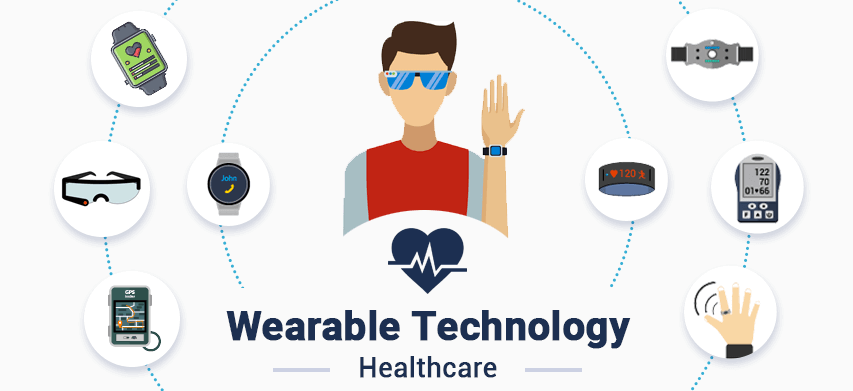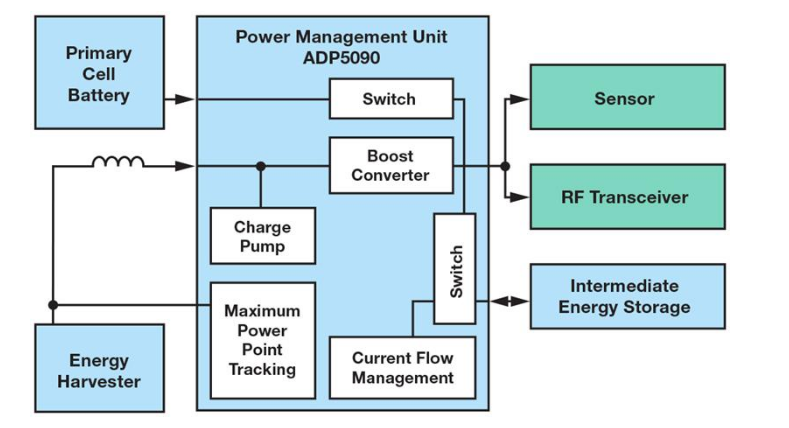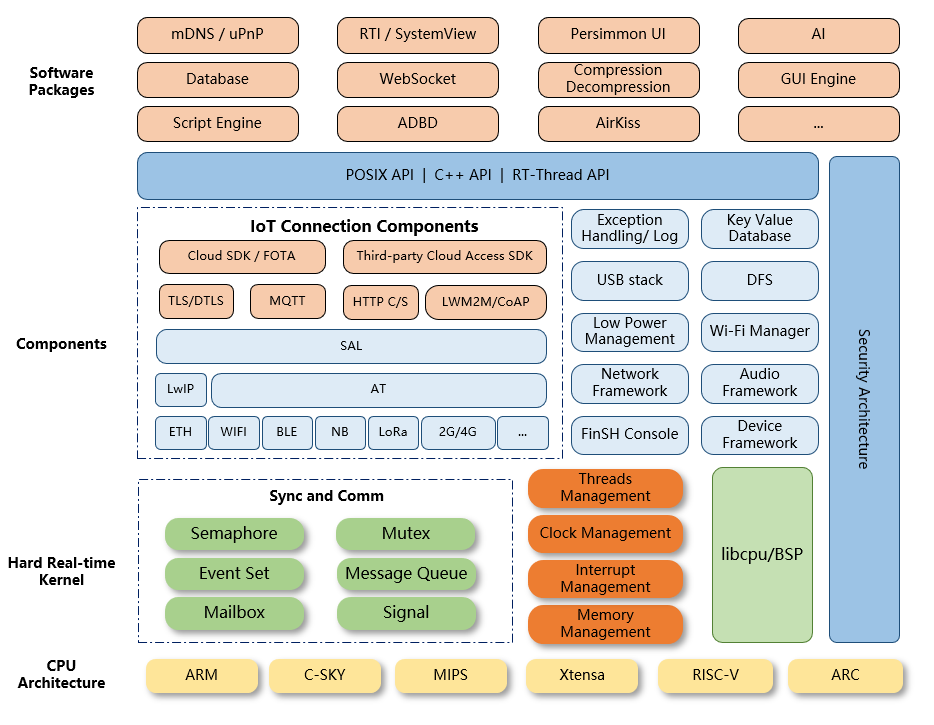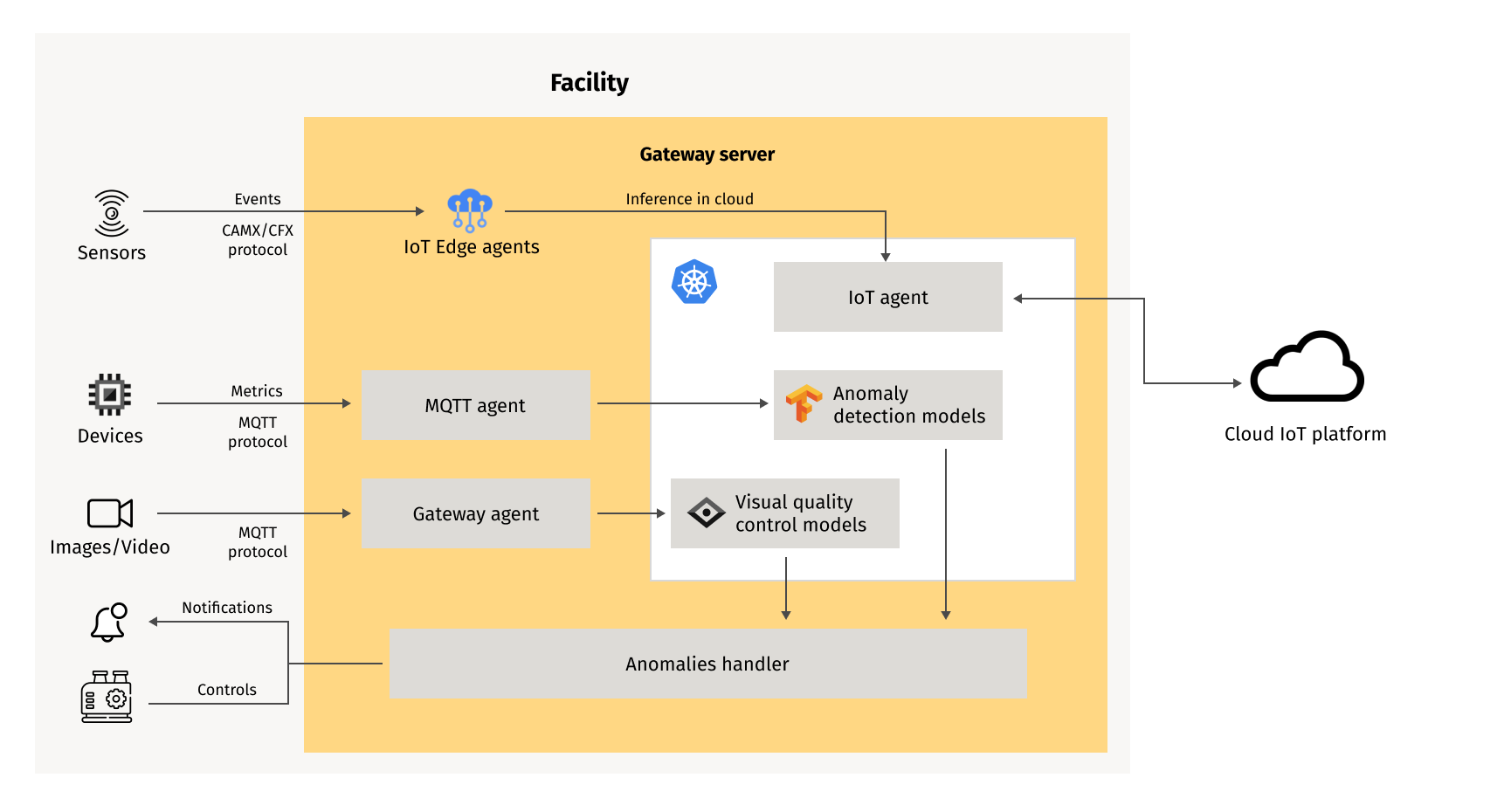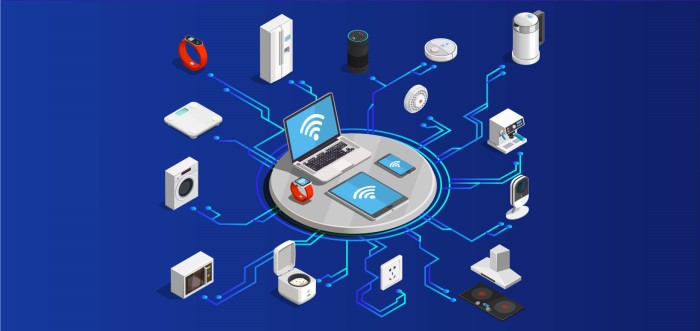
The term Internet of Things (IoT) is increasingly used to describe devices that communicate with local networks, the internet, and with each other without direct human intervention. The IoT includes wearable and portable devices that create an interconnected world by turning physical objects into an information ecosystem that is rapidly changing how people live. In recent years, the number of IoT devices has risen sharply. In fact, Cisco research shows that by year 50 there could be as many as 2020 billion connected devices.
Smarter homes
Advances in connectivity have changed home automation, and several new applications are becoming mainstream. Smart home technology involves connecting all smart electronic devices and appliances in a home to a network. When connected, devices and appliances can communicate with each other and with users. Homeowners can control systems from their smartphones or voice-enabled assistants such as Amazon Alexa or Google Home, and in some cases interaction can occur without explicit commands.
Even conventional smart-home devices increasingly incorporate machine learning. Homeowners can make doors smarter with facial recognition, registering faces to grant access to friends and family. For example, when a user's milk is running low, a smart refrigerator can detect items that need replenishing and place an order on Amazon when stock is low. Home lighting and air conditioning can link to a car's GPS and switch on when the owner's vehicle is a few kilometers away, providing a preferred environment on arrival. These kinds of intelligence go beyond direct user interaction to provide convenience, enhanced security, and more efficient energy use whether the homeowner is present or not.
The ongoing development of artificial intelligence for smart-home devices may further support demand for home automation by enabling AI-driven features. This evolution is part of the next wave of smart-home technology, adding predictive and analytical capabilities to homes.
Vehicles becoming smarter
IoT is affecting many aspects of daily life, including vehicles. Connected cars and autonomous driving, enabled by smart technologies, Wi-Fi, smartphones, and voice control, are progressing rapidly. Scenarios once considered fictional are becoming real.
Predictions suggest that by year 10 there will be 20.2 million autonomous vehicles on the road, with companies such as Tesla, Chevrolet, and Mercedes among those leading. Autonomous vehicles use arrays of connected sensors and high-end cameras with obstacle avoidance and predictive modeling to follow traffic rules and avoid hazards. IoT connectivity processes the output from these sensors and cameras, maps routes, and sends commands to vehicle control systems.
Vehicles can connect to weather services and receive cloud-based updates about conditions, then take appropriate actions such as closing windows. Ford has integrated Amazon's Alexa into vehicles to advance in-car infotainment. Audi, as a car brand, offers fault identification solutions using AR and IoT: a user can hover a phone camera over the engine, and the system will identify the faulty part, connect to the cloud for solutions, and display step-by-step repair instructions. These capabilities change both mobility and in-vehicle experience.
IoT-enabled sensors in vehicle operation modules monitor parameters such as pressure, temperature, and weight. The collected data can be used to inform owners about predictive maintenance.
This shift also changes responsibilities. Manufacturers must now master connected and autonomous vehicle technologies, because IoT integration extends into control systems and affects overall safety, efficiency, and user experience.
Connected enterprises
Beyond personal convenience, IoT can benefit businesses, factories, and workplaces in multiple ways. With IoT, companies can manage and control inventory more effectively and track product performance by connecting devices to the cloud, collecting user data, and analyzing it. For example, Whirlpool worked with IBM to connect appliances and analyze consumer data to better understand product users. The future of many businesses involves sensor-based machines, connected logistics, and AI-driven predictive analytics that link offices and factories. Large volumes of data, much of it real time, flow from data centers, production systems, and sensors. This helps organizations understand productivity, operations, and customer behavior, creating opportunities for innovation and growth. In retail, technologies such as smart fitting rooms and predictive recommendations using IoT, AR, and AI are changing the sales experience.
IoT enhances asset tracking for machinery, equipment, and tools, helping organizations detect issues and perform preventive maintenance on schedule to improve asset utilization. Integrated sensors and cameras also help monitor workplaces to ensure equipment and infrastructure security and to prevent physical threats.
Outlook
The examples above illustrate several ways the IoT is improving life today. There are multiple verticals, including healthcare, manufacturing, and agriculture, where smarter implementations of IoT systems improve user experience. As technology advances, the IoT will continue to touch many aspects of daily life, creating a more interconnected and efficient society.
 ALLPCB
ALLPCB


